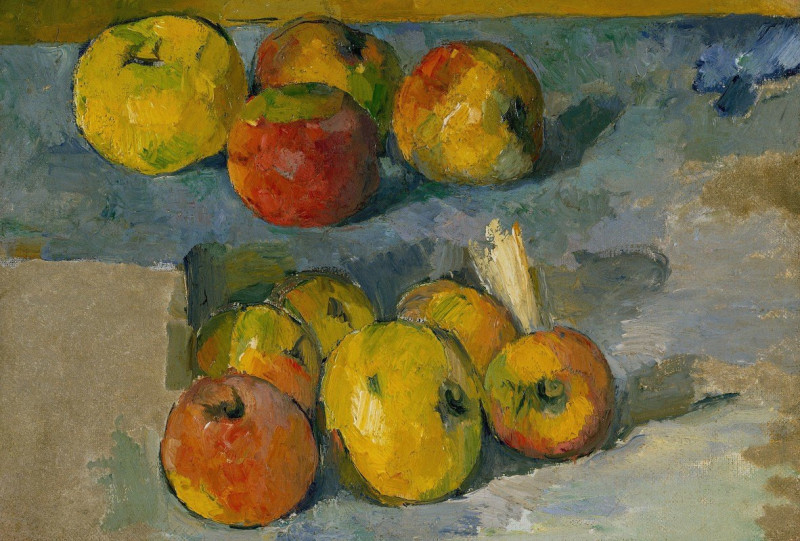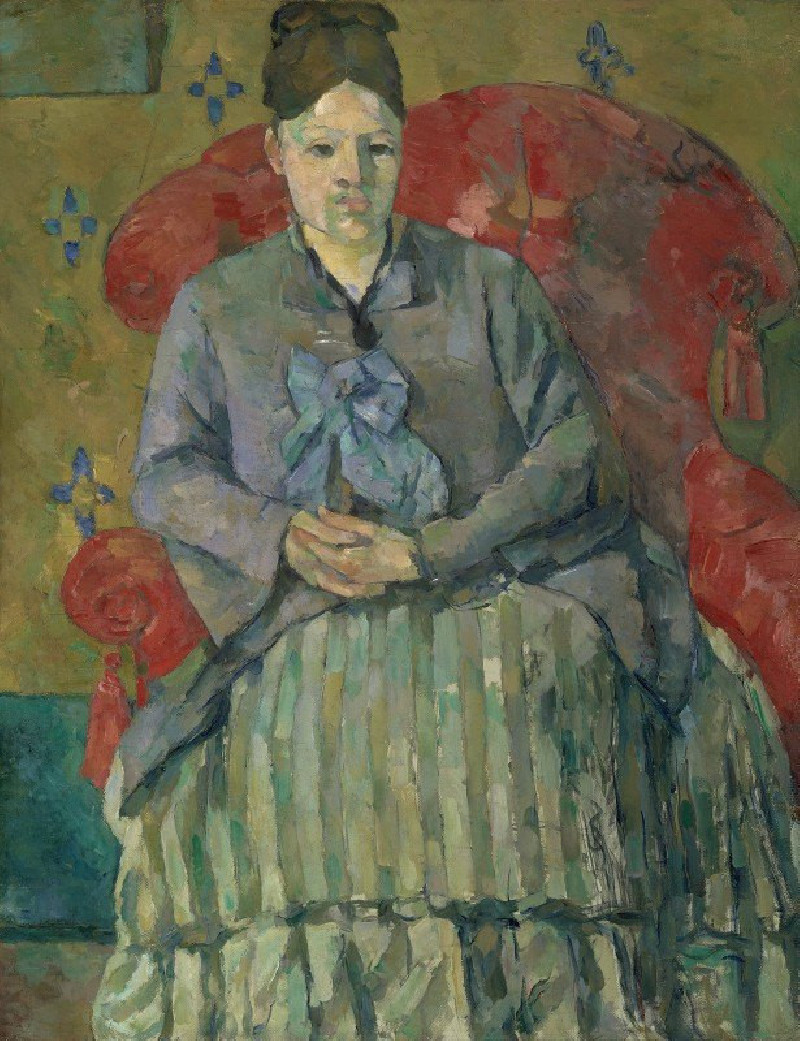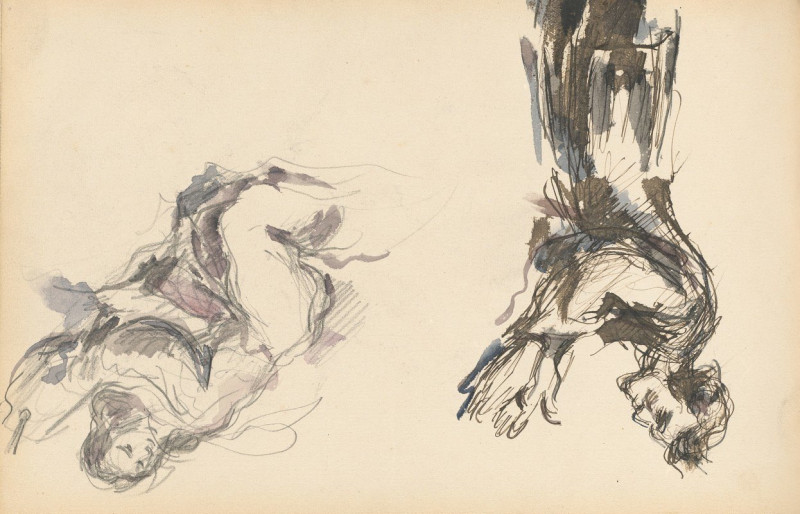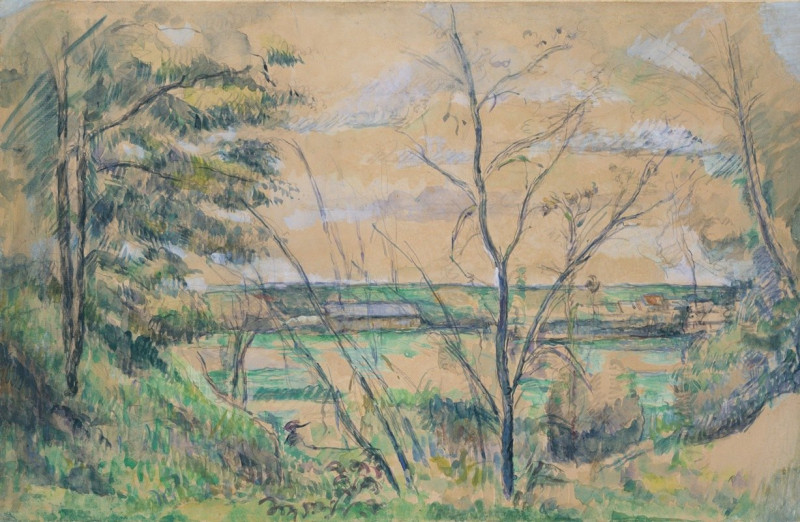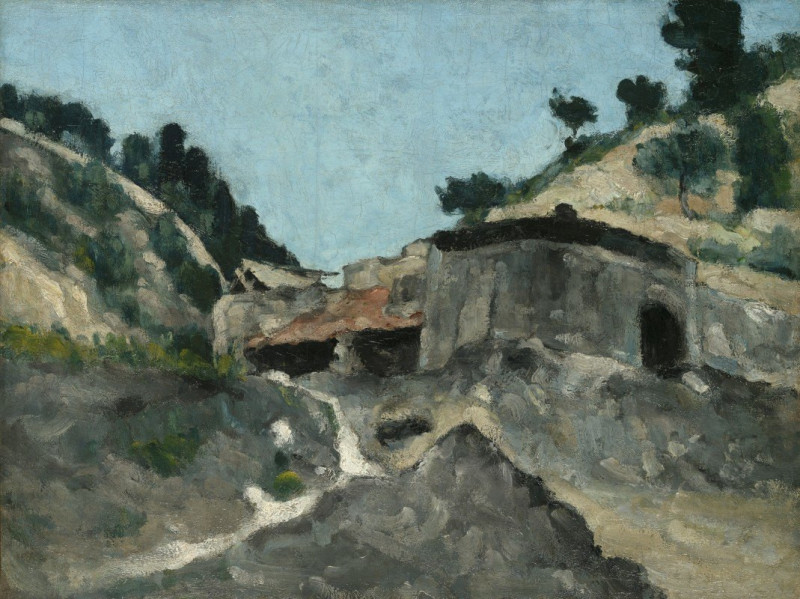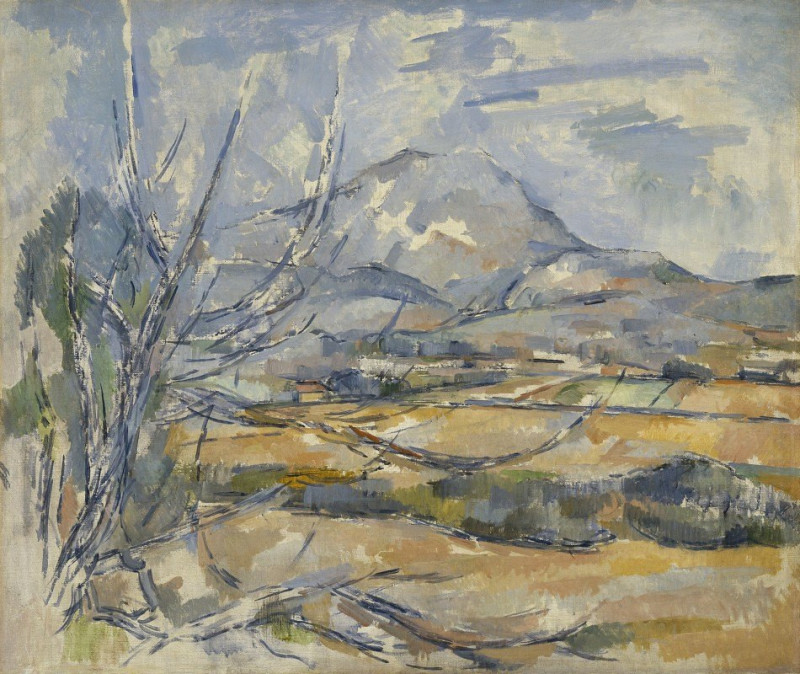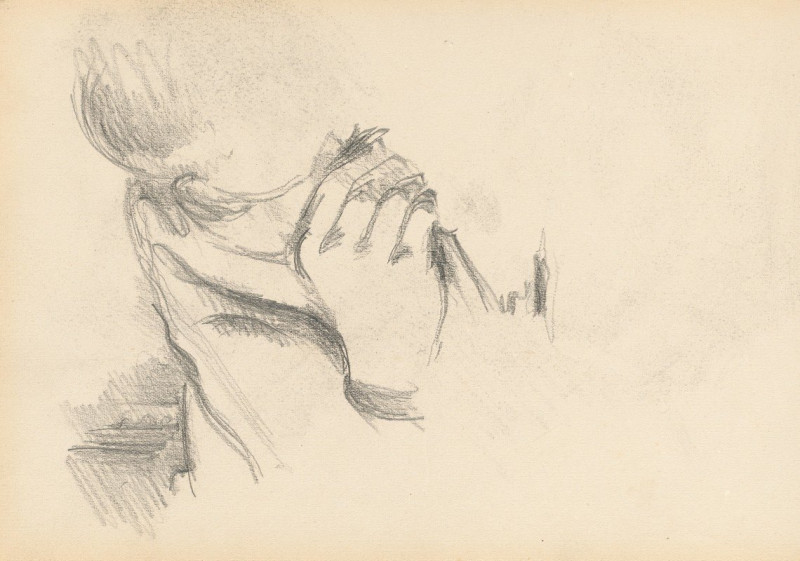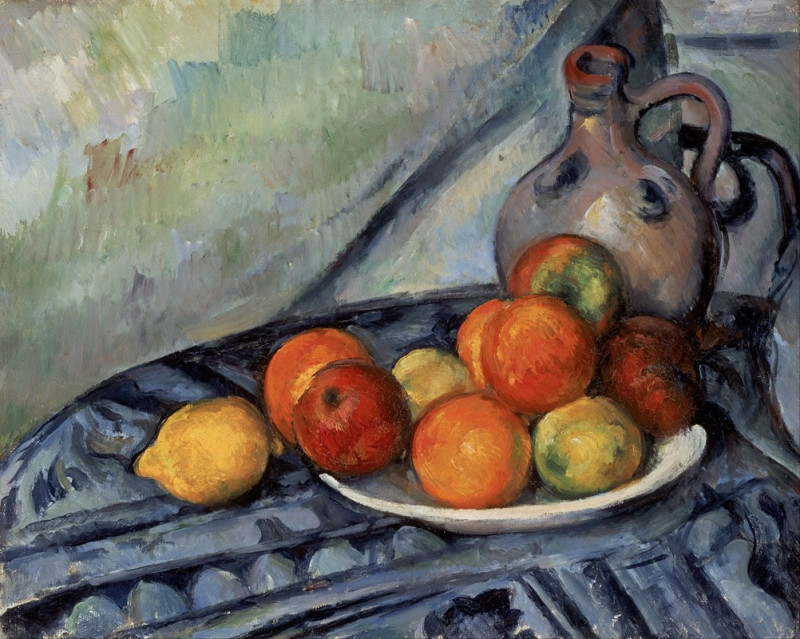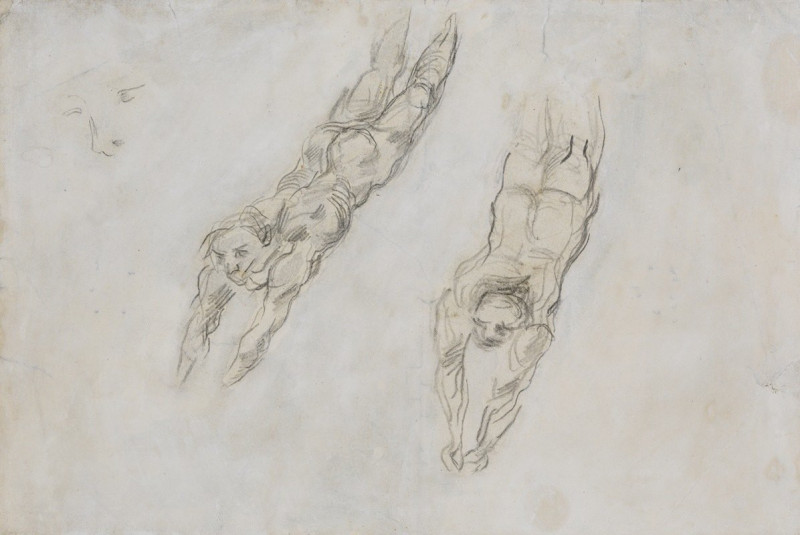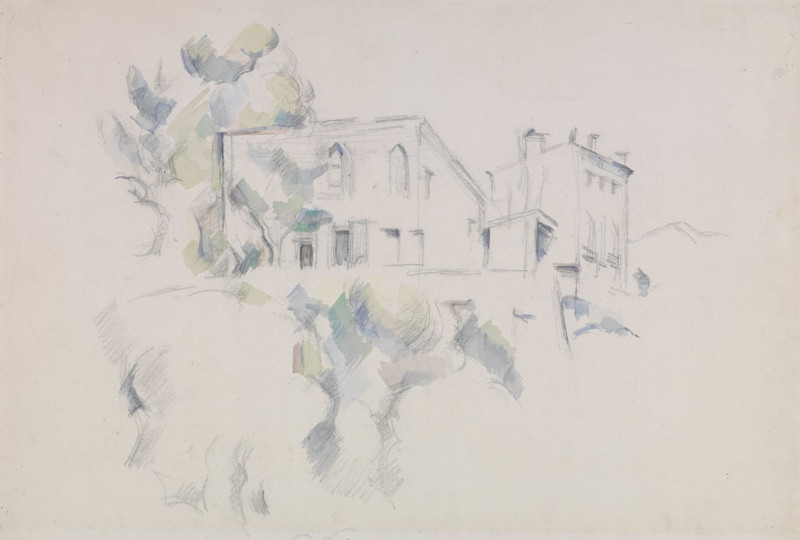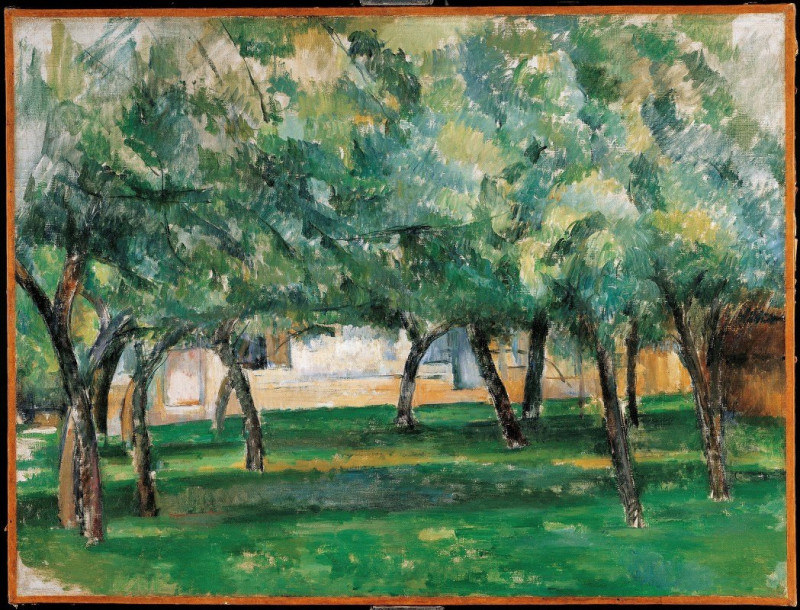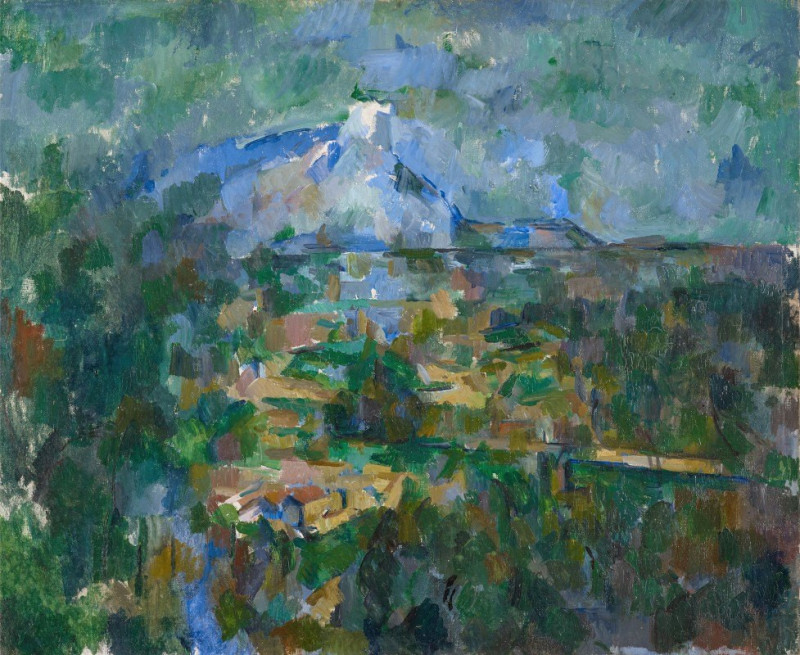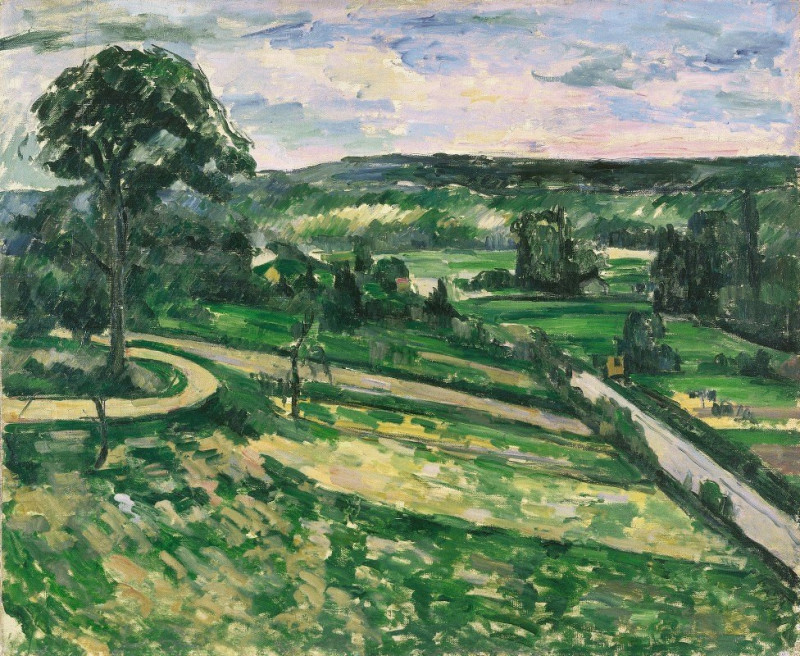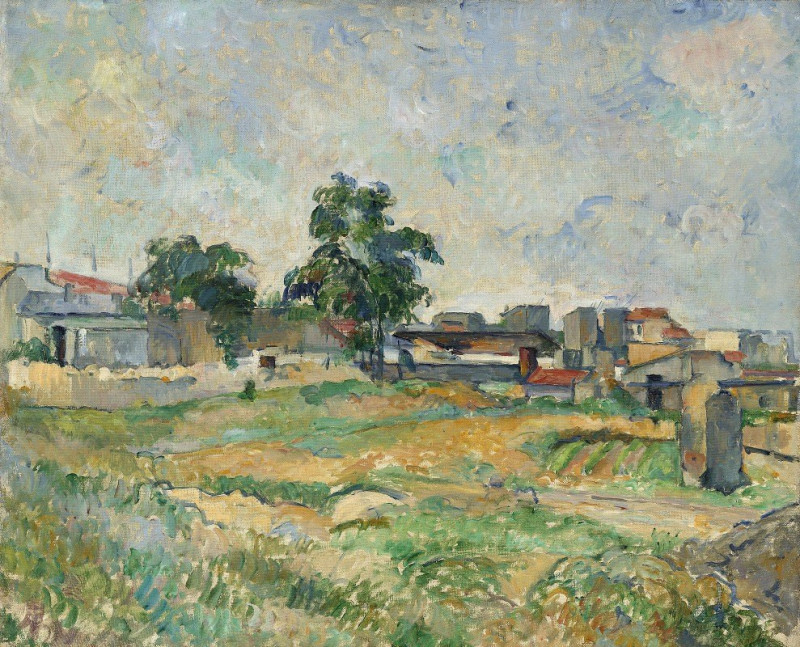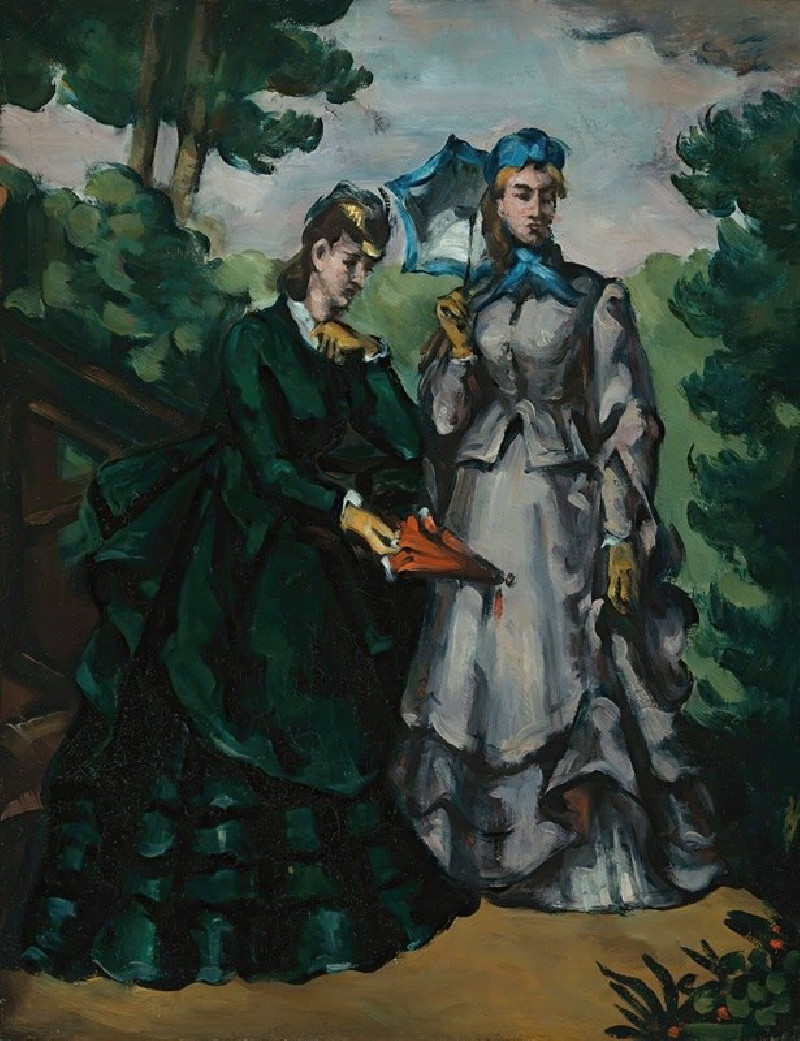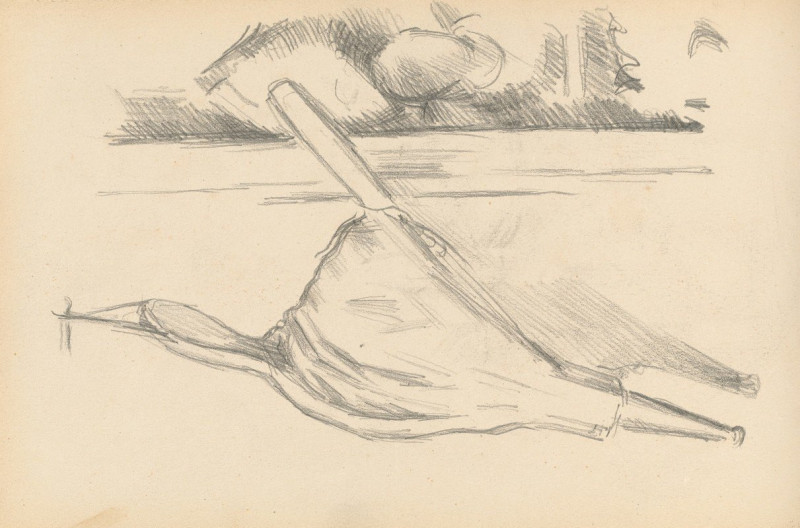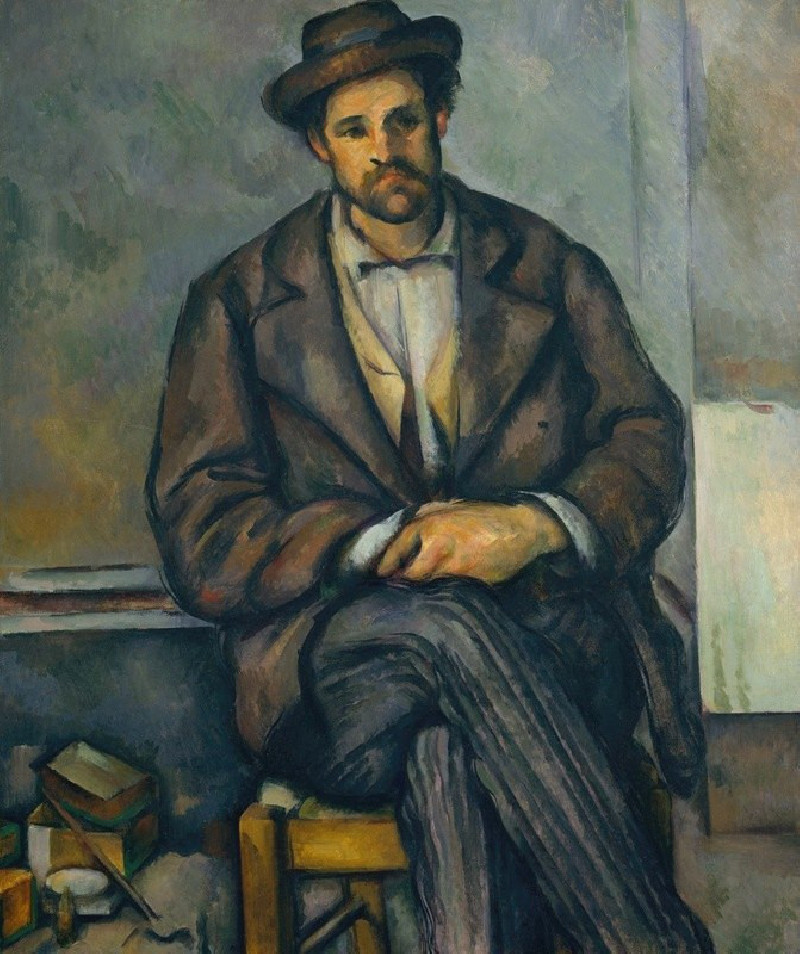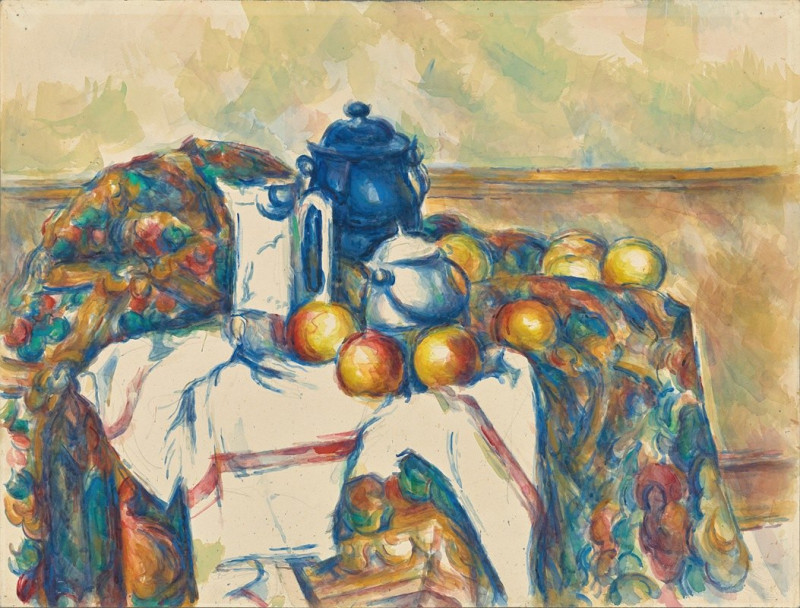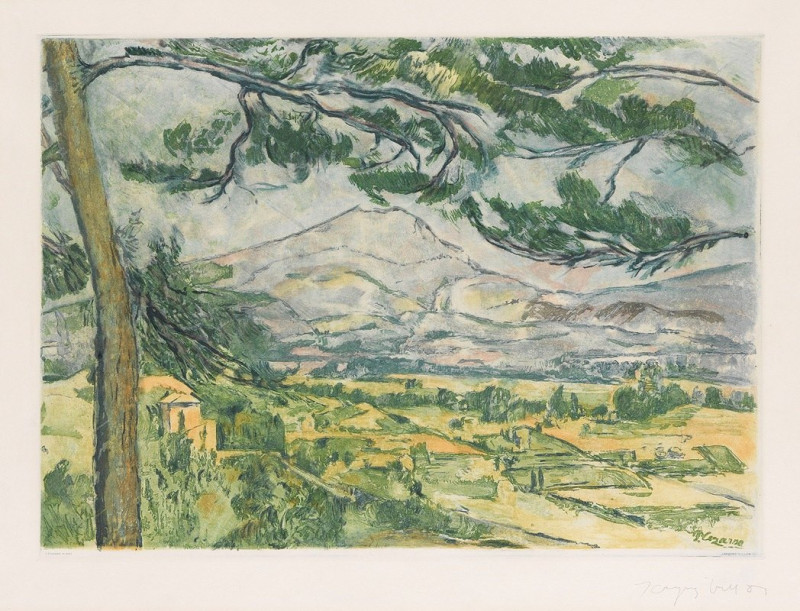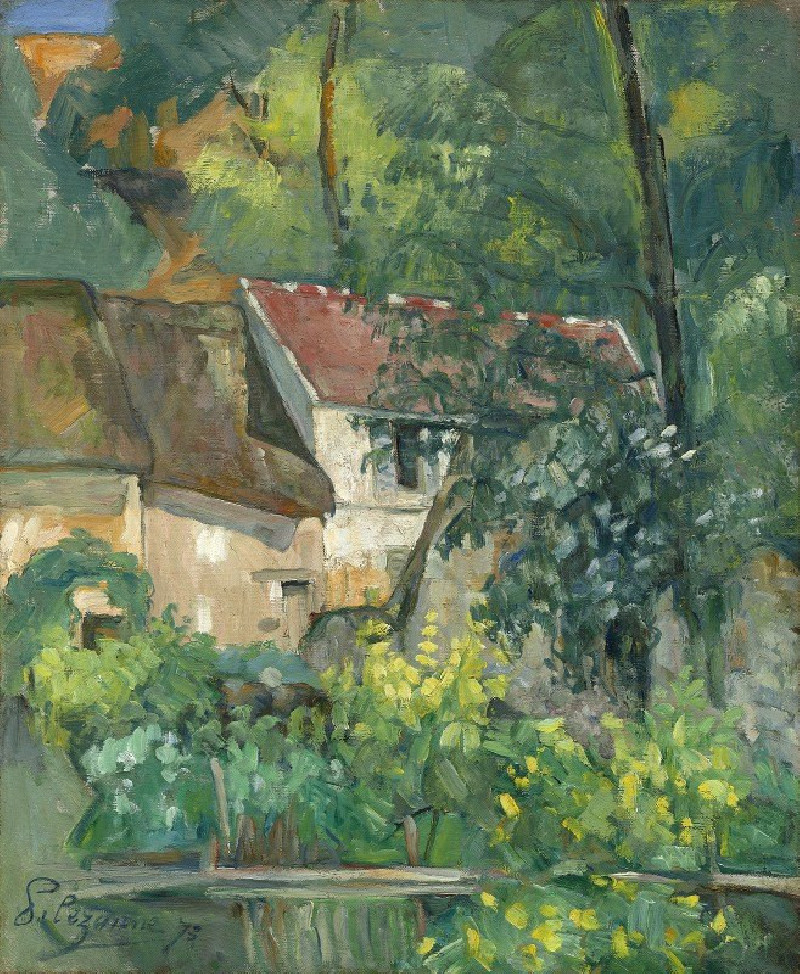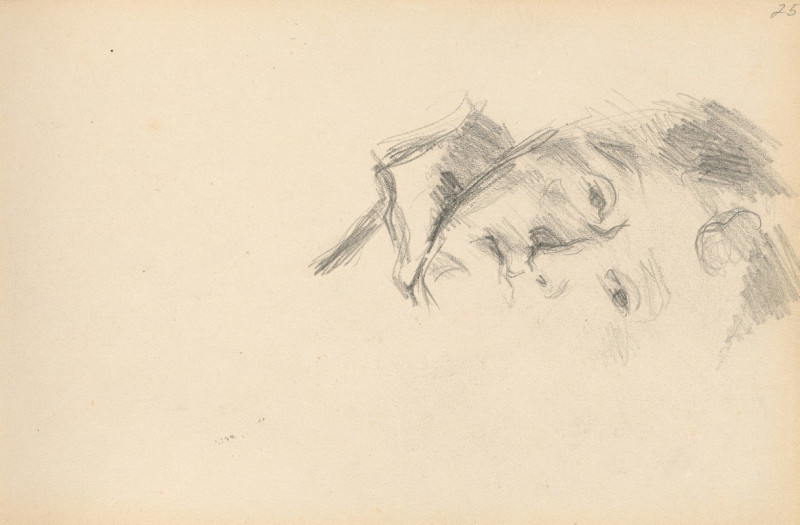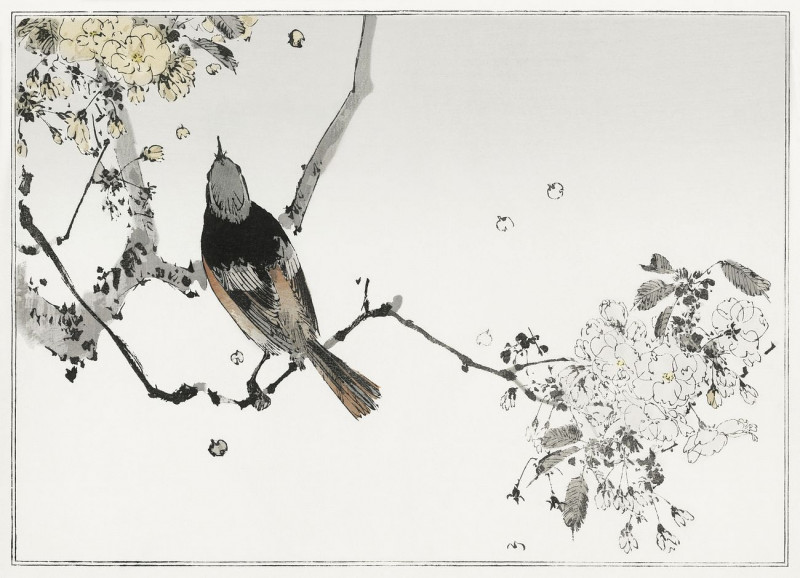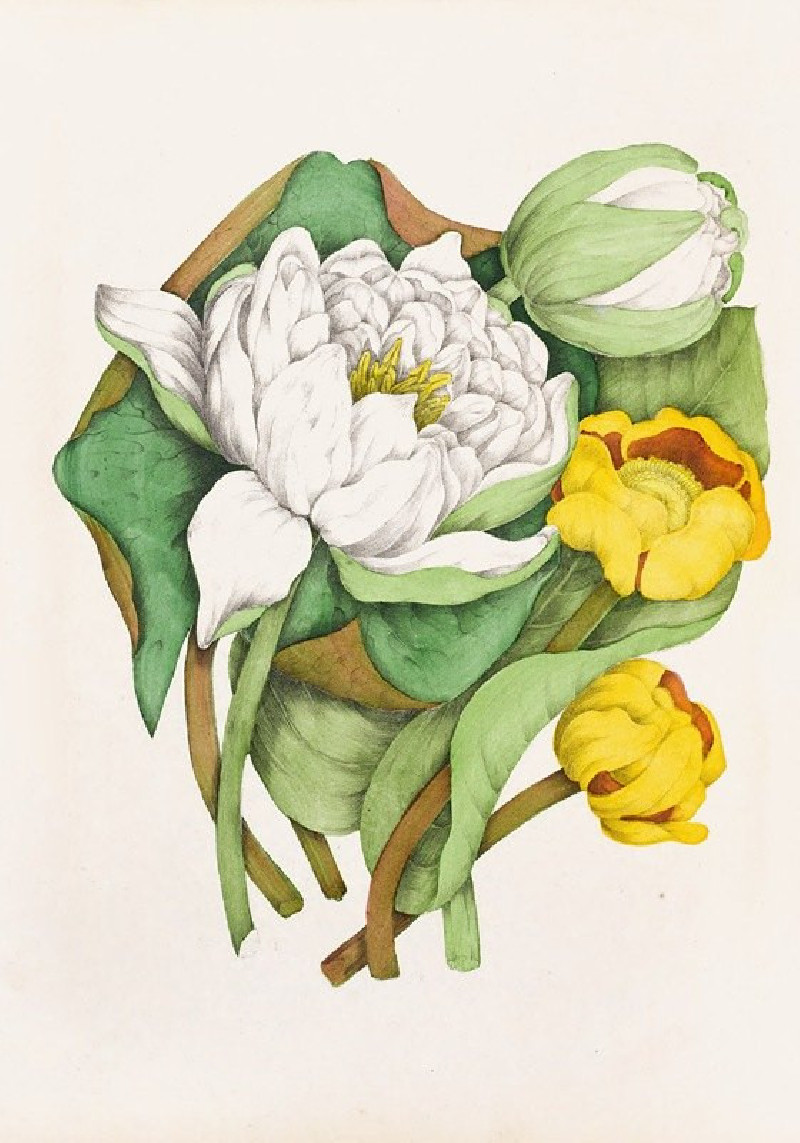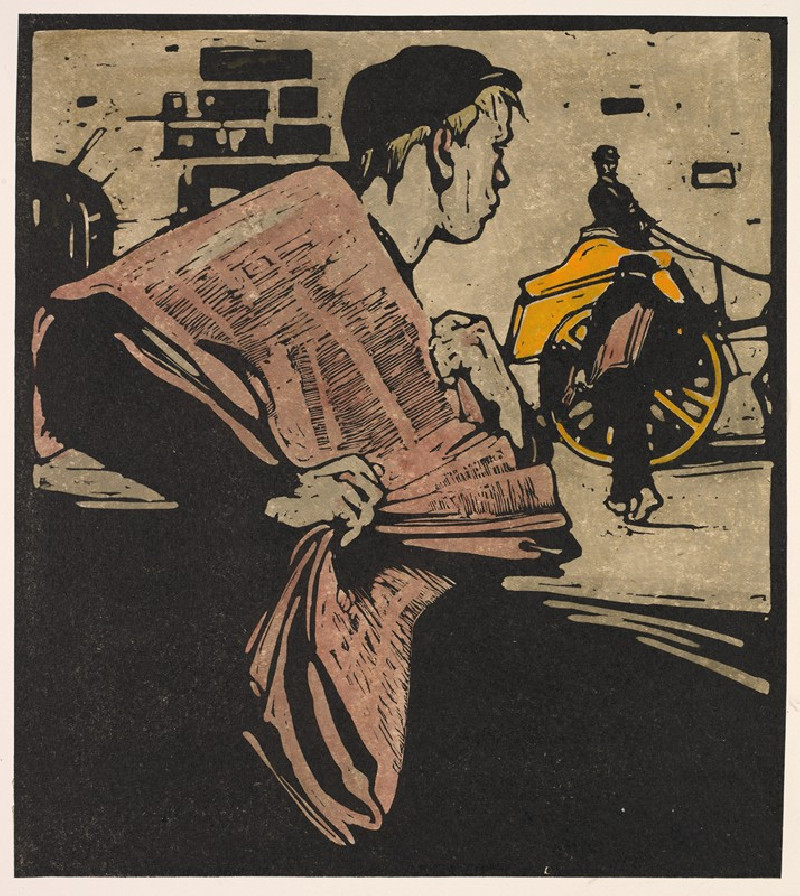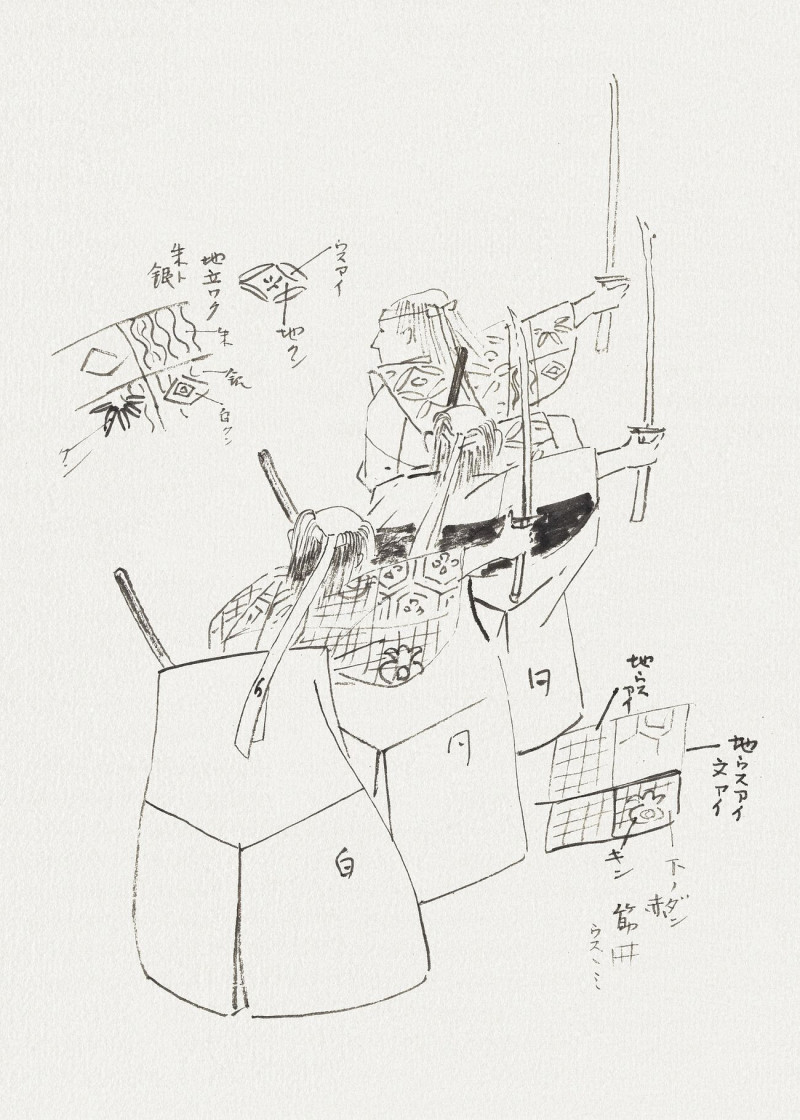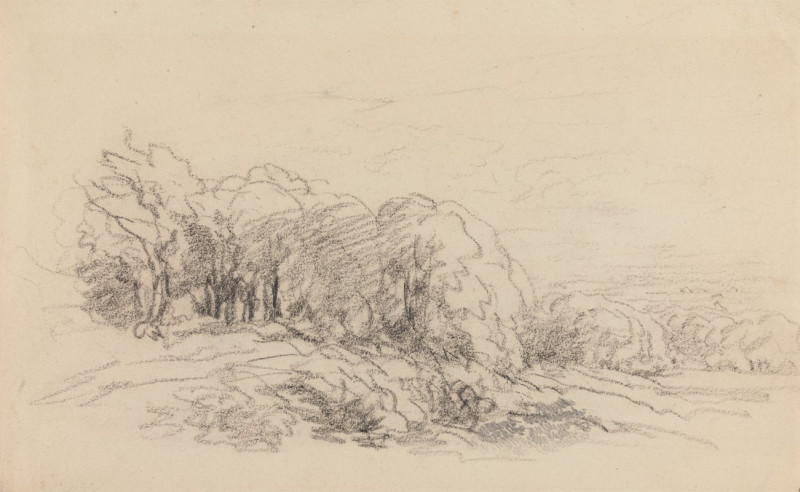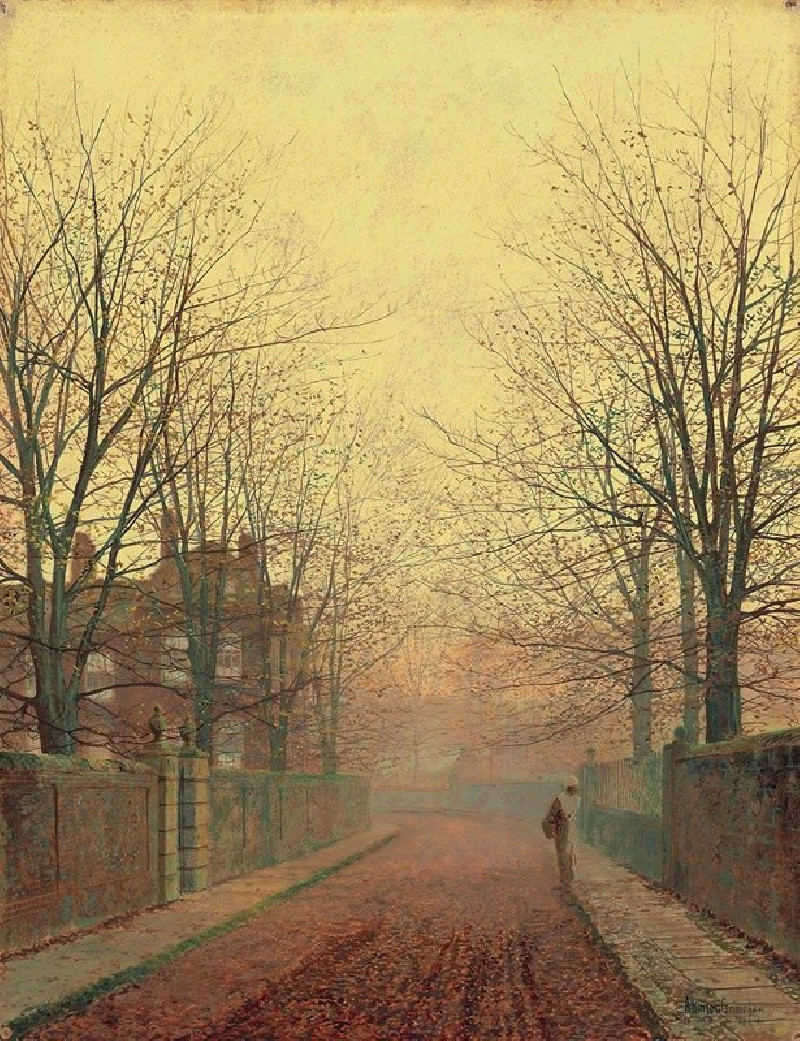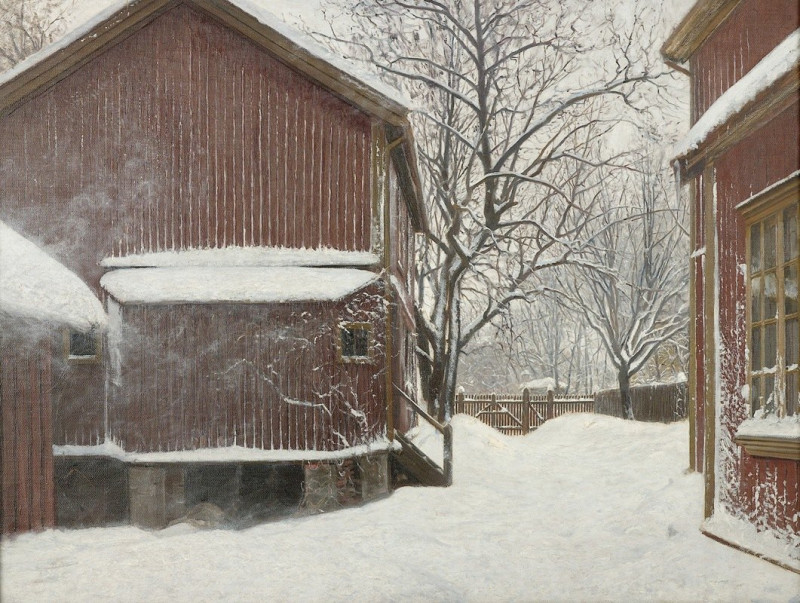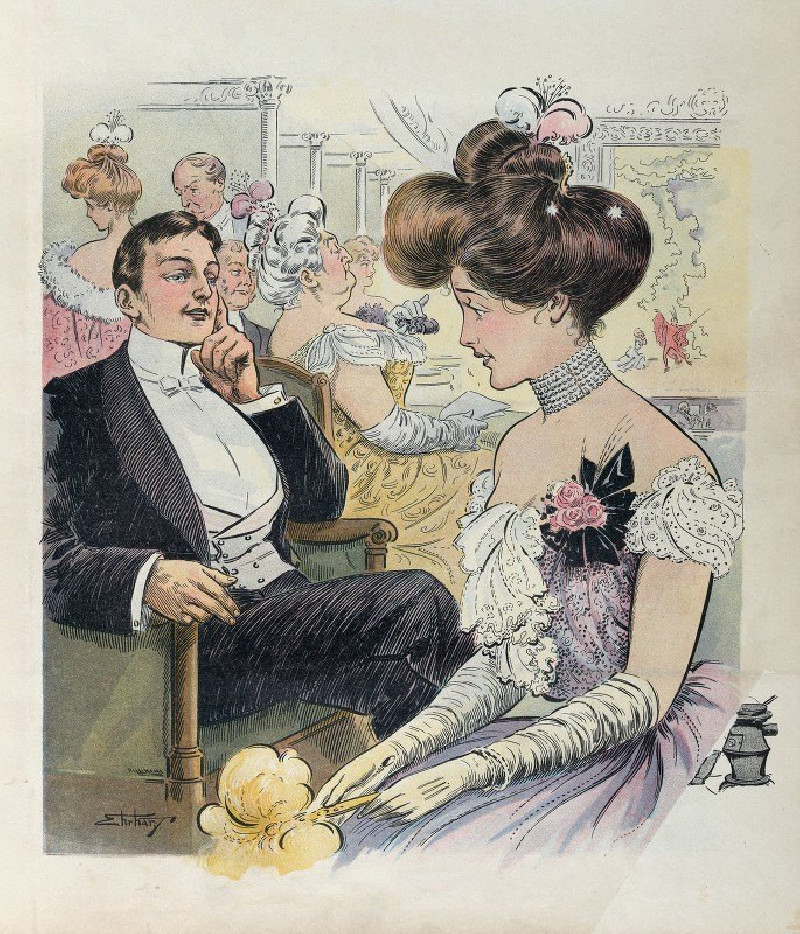Apples (1878–79)
Technique: Giclée quality print
Recommended by our customers
More about this artwork
Paul Cézanne, a pivotal figure in the transition from 19th-century Impressionism to 20th-century Cubism, masterfully showcases his evolving style in "Apples (1878-79)." This exquisite painting captures not merely the visual but the tactile essence of its subject, inviting viewers into a textural exploration of still life.In this work, Cézanne arranges a cluster of apples, vivid and luscious, against a backdrop that blends subdued earth tones with shades of green and blue. Each apple, rendered in a unique combination of yellows, reds, and greens, bears individuality through its distinct brushstrokes—thick, layered, and dynamically applied. The mastery of light is evident as it seems to dance upon the surfaces of the apples, enhancing their form and volume, creating a sense of depth and solidity. This technique foreshadows Cézanne's exploration of geometric simplification, a foundational element in the development of modern art.The arrangement on a simple, rustic table further emphasizes the purity and simplicity of the subject matter, a hallmark of Cézanne's still life compositions. The juxtaposition of colors and the subtle play of light not only depict the apples but also evoke a sensory experience of freshness and ripeness."Apples" is more than a mere depiction; it is a profound study in seeing and a meditative portrayal that challenges the conventions of traditional still life. Cézanne’s emphasis on structural form and the interplay of color invites viewers to reconsider the boundaries between object and observer, making this painting an enduring work of art that continues to inspire and captivate.

